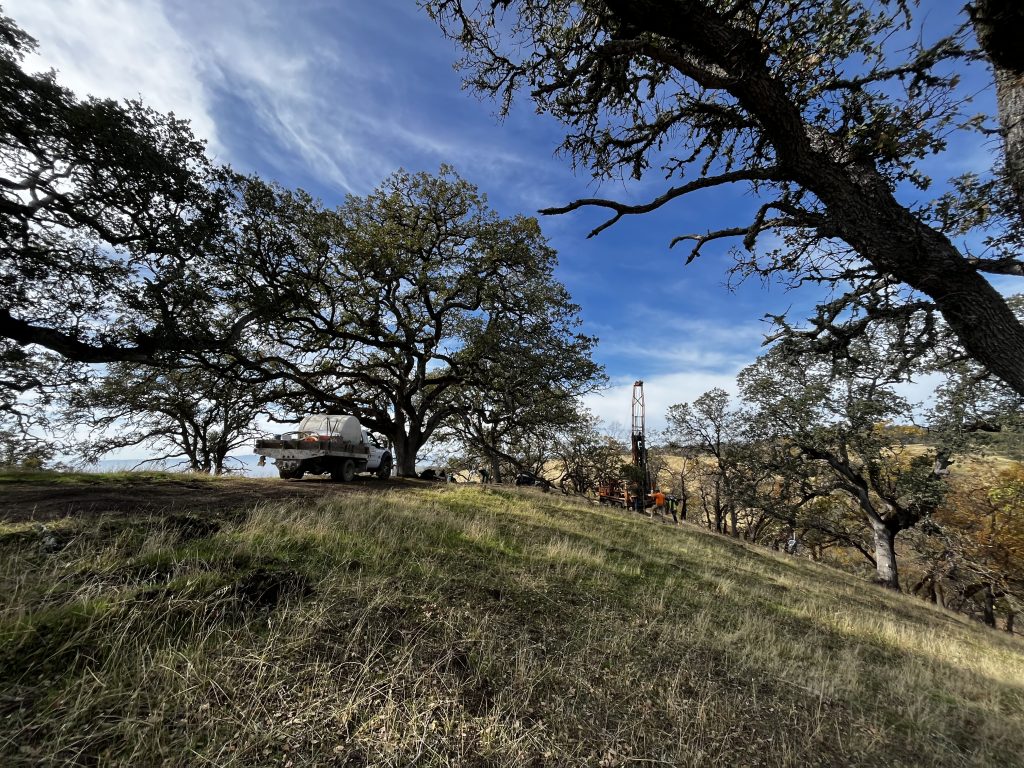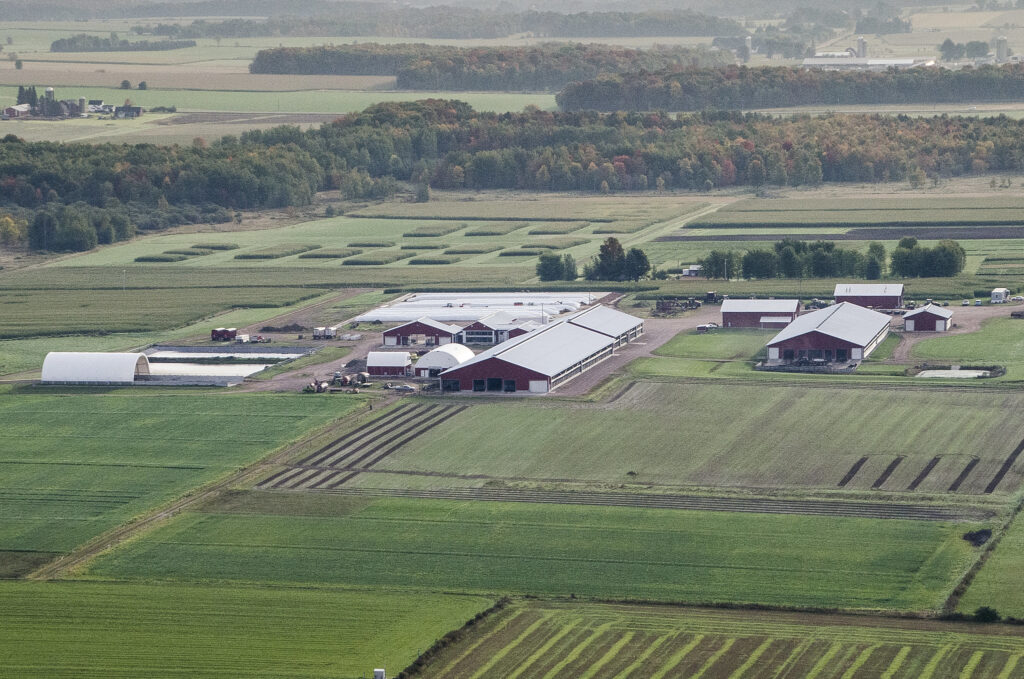The Watershed Hydrology Lab studies water quality/quantity resource issues, surface water-groundwater interactions, and critical zone hydrology across a multitude of landscape types and climates. Check out Margaret Zimmer’s Google Scholar page for the latest work from the lab.
Below are some examples of current and past research initiatives in our lab.
Streamflow generation and catchment water storage processes
Streamflow generation and catchment water storage processes are a well-studied aspect of catchment hydrology, however there is still a gap in our knowledge about how these processes contribute to channel network expansion, stream-aquifer interactions, and biogeochemical fluxes. Much of our research uses isotopic, hydrological, and biogeochemical methods to examine the major mechanisms for streamflow generation and the resulting hydroscape in ephemeral-to-perennial drainage networks. Our lab is currently conducting work at the UC Blue Oak Ranch Reserve in the Mt. Diablo Range in coastal central California.


Human impacts on water quality and quantity
Human-induced change can be seen across most landscapes, but it is still unclear how landscape change is and will impact water availability (both through quantity and quality impacts). Our group is interested in how environmental change impacts the flowpaths of water and materials to and within streams, the memory of systems, the residence time of water in the subsurface, and the associated ecological and chemical signatures of the stream system. We are interested in these topics within agricultural, urbanized, and other disturbed (e.g., fire-impacted) landscapes.
